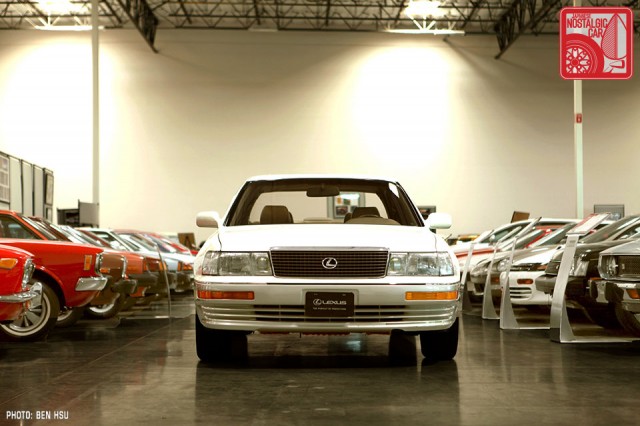
In honor of yet another landmark vehicle turning 25, let’s all raise a champagne glass to Lexus, Japan’s most luxurious marque. Now, set that glass down atop a pyramid of other glasses stacked on the hood of a dyno-strapped LS 400 and gas it up to 145.
This was the way Lexus introduced itself to the world — with a tower of stemware balanced above its 250hp V8 humming at full tilt, serenely unperturbed as the sedan reached Autobahn speeds. Toyota USA was established on October 31, 1957. Thirty-two years later, in October of 1989, it would change the face of the automotive world once again. The Lexus LS 400 is officially a Japanese nostalgic car.
The Birth of Lexus
In many ways, the story of the LS 400 is the story of the Lexus itself. It was the culmination of everything Toyota had learned over 50 years in the automaking business. At debut, showrooms offered only two models, the LS 400 and the ES 250. The latter was a very Japanese execution of the popular V20 Camry, called the Camry Prominent in Japan, featuring boxier styling, two-tone paint, and sashless side windows.
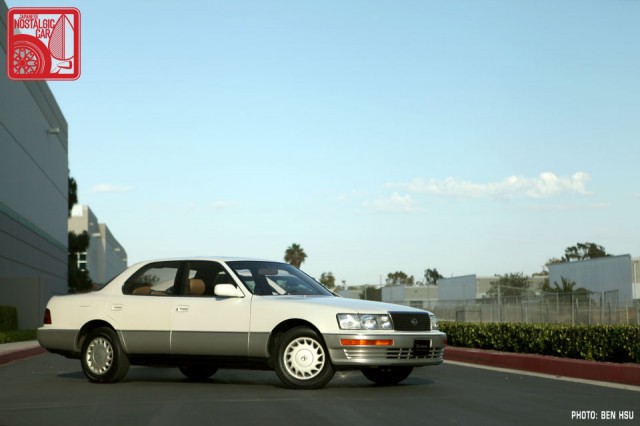
The LS, on the other hand, was designed from scratch. Naysayers often condescended Lexuses as “just rebadged Toyotas” but the truth is that the LS was the other way around. It was developed as a Lexus first, then rebadged as a Toyota Celsior (Latin for “supreme”) for the home market. That’s because in Japan, there was no Lexus. The nameplate was created specifically for the west, and the LS’s entire purpose was to take on the best luxury cars in the world.
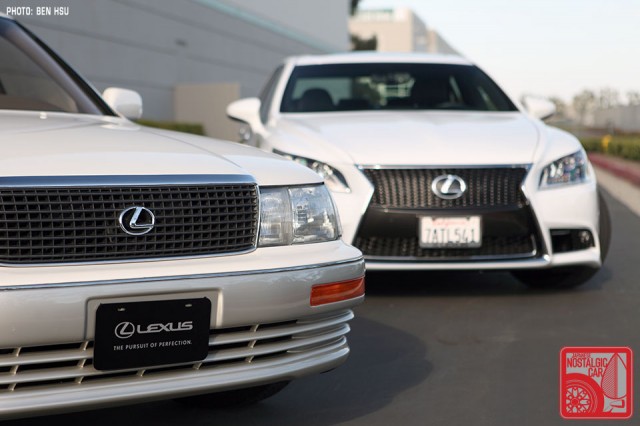
The Lexus project began in 1983, a top secret program within Toyota called Maru F. “F” stood for flagship, and though commonly translated as Circle F, “maru” is also the Japanese word for zero. That may seem strange to western ears, but in Japan the concept of zero isn’t a bad thing. In fact, it’s quite the opposite, because on any journey mile zero is the starting point. When zero is invoked, it means that what you’re embarking on is going to be really, really spectacular.
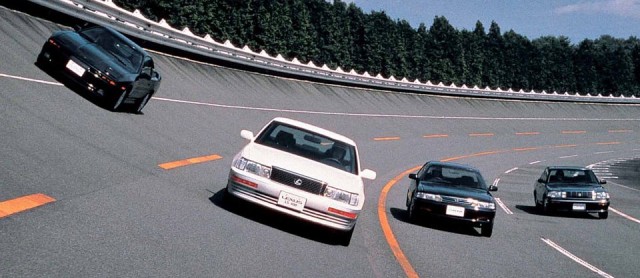
Why a separate marque? Toyota had learned the hard lessons of its 2000GT. Upon introduction in 1967, the grand tourer matched world’s best in everything from engineering to drop-dead gorgeous lines. But it came with a world class price tag too, and the west simply couldn’t stomach paying Porsche scratch for a Toyota.
President Eiji Toyoda wasn’t about to make that mistake again. It must have pained him, however, to know that he was about to pour $1 billion into the best car his company would ever build, yet to succeed it could never wear his family’s name.
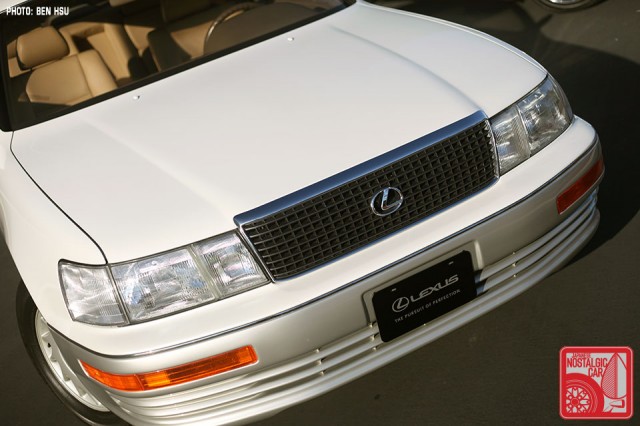
The Challenge
Toyota deployed a team of researchers to the US, studying the habits of luxury car buyers. The yet-unnamed sedan’s chief rivals would be European blue chips favored by a new class of customer borne out of Gordon Gecko-era supply-side economics. Toyota had to woo the yuppie, and so it did what Toyota does best: obsess over every last detail.
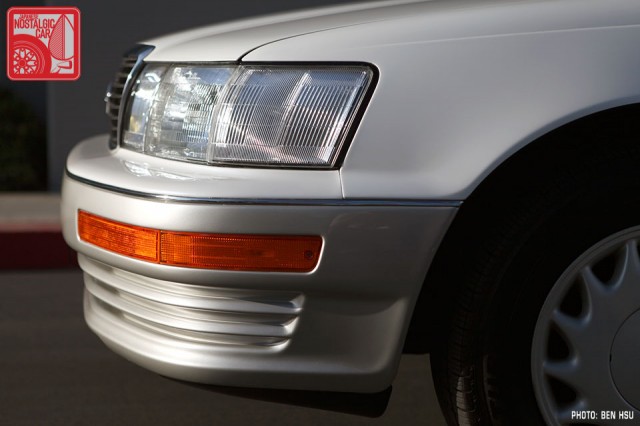
For example, the trait that most defines the LS is quietness. In the definitive book The Lexus Story, author Jonathan Mahler describes how engineers went on a wind noise eliminating rampage, repeating wind tunnel test in excess of 50 times with microphones buried in various parts of the body. Steel valve lifters were replaced with aluminum ones. Vibration-absorbing resin was inserted between double-sided sheetmetal to form the cabin. Every extraneous shape on the exterior was shaved down. And when that wasn’t enough, engineers turned to the undercarriage, aero testing even the suspension, resulting in noise reducing golf ball dimples on the A-arms.
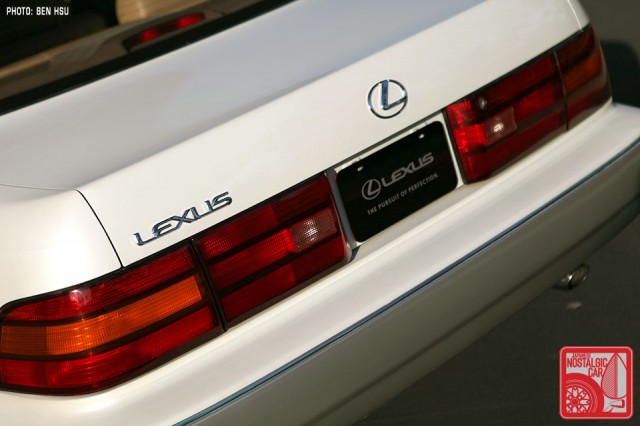
This level of fanaticism honed the car at every stage. While most models go though five or six full-size clay models, the LS’s chief engineer Ichiro Suzuki commanded 14. Over 100 were crash tested. A whopping 450 test mules were built, and 2.7 million test miles were driven before the first LS even rolled off the assembly line.
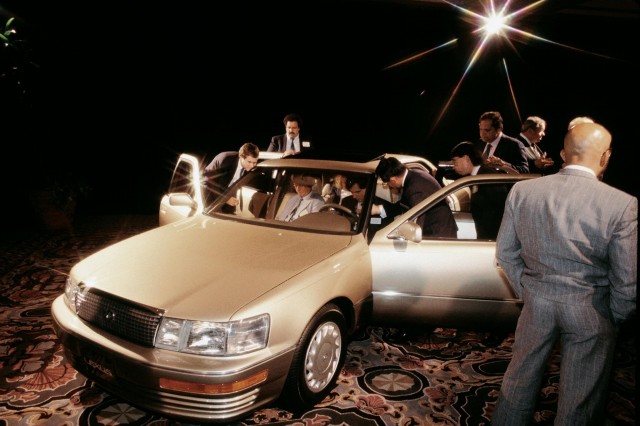
The Launch
If you were alive in 1989, you might recall the general atmosphere, in which many were rooting for Lexus to fail. Preliminary sketches leaked to magazines spawned accusations of a Benz copy. Mercedes was the main luxury brand offering a V8 (the LS’s chief rivals from BMW and Jaguar offered only sixes or V12s at the time), and it was said the grille and hood looked too similar to that of a 420 SEL.

In person, that argument was much harder to make. The LS’s lines looked both old school stately and modern at the same time. Unlike its rivals, the body was almost entirely smooth, with none of the scoops or aero add-ons popular in Japanese design of the era. Thicker chrome than your typical Toyota, tighter panel gaps and a cosmically deep 6-layer paint job, unheard of at the time, added to the sense of overall quality.
The LS’s whisper-quiet cabin was a study in Japanese minimalism and service, with nothing you don’t need, and everything you do positioned exactly where you expect it to be. With Japan’s fondness for bonkers digital displays in the 80s, you might expect a discotheque of flashing lights on the dash, but no. Just two simple, traditional, round-faced gauges sat front and center, embellished by a unique backlighting in which even the sweeping needle had an impossibly thin florescent tube embedded in it.

A ride in the LS was like gliding by in your own personal cloud. It was floaty like an American land yacht’s, but double-wishbones at all four corners meant the handling was still there when you needed it. The DOHC 4.0L V8 is so buttery you wondered if it was made of silk rather than aluminum and, more importantly, it out-powered the European competition.

The icing on the cake, however, was that Lexus offered all of this at the astoundingly low price of $35,000. Engineers had even spent countless hours ensuring the LS achieved 22.5 mpg so the government wouldn’t be able to slap it with a gas guzzler tax. It came in thousands below the competition, and the goodness-to-dollar ratio was so lopsided that BMW famously accused Lexus of selling the LS below cost.

Move for move, Lexus had shot down every critique lobbed at them. Even a brake light recall two months into the launch — a seemingly disastrous ding on a new brand built on Toyota’s legendary reliability — was turned into a positive when service techs paid house calls to every last LS owner to fix the issue before Christmas. They even provided car washes and full tanks of gas for the trouble, cementing Lexus’s reputation for customer service.
Lexus had knocked it out of the park, but there was just one tiny flaw, one that no amount of engineering could fix. In Part 02, we’ll see what that is, and what Lexus can do to change that.








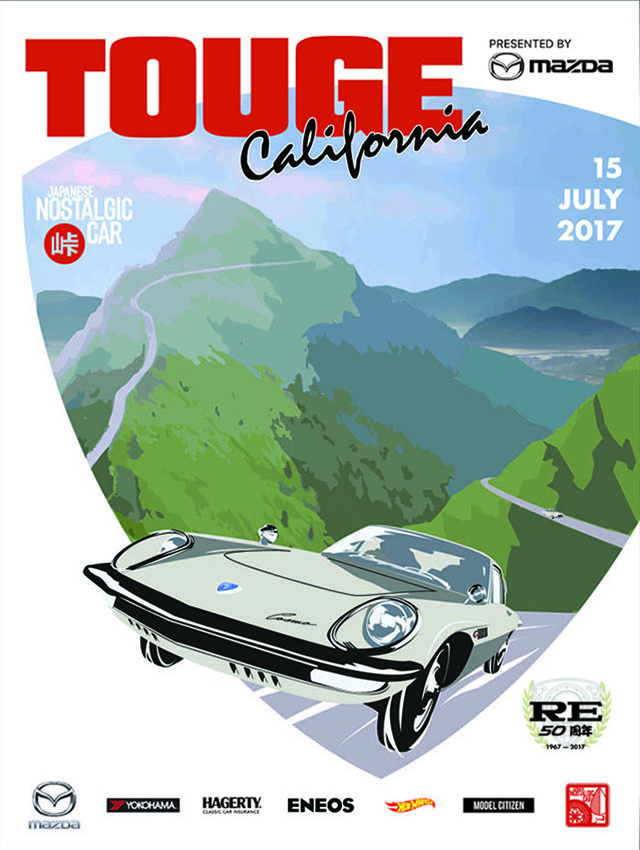


So yet again we got the better (best) version of the car. First.
(Looking forward to part two).
Thanks, Nigel. Though I wouldn’t say the LS was better. It was mechanically identical except for the badges.
Interesting story. Looking forward to part 2
subscribed!
Images of CaniFlush and HellaBeat stanced LS’ with -32 degrees of camber and that subway hook thingy in 3…2…1…
Looking forward for LS400 in-depth story!
Great story. Anxiously waiting for part 2.
The LS400’s styling has aged well; I think it is still the best looking of the LS series.
Happy anniversary to Lexus, and welcome to the club. 😉
This is one of the best articles I’ve read on here, I can’t wait for more in the series!
What’s the story behind the black MA71 in the test track pic? Were there plans for the Supra to be rebadged as a Lexus? Or was it just a showcase of all of Toyota’s premium offerings?
Thanks, Yuri. I don’t know of any plans to rebadge the Supra. The purpose of the photo seemed to be to separate the LS shown in white from the rest of the Toyota pack.
I LOVE that photo!
Happy 25th Anniversary Lexus…Omedetougozaimasu 😀
I have one. a ucf20 though. Most aerodynamic car sold in North America at the time (mid-late 90s). The 20s look almost the same as the 10s despite being an all new design and 200 lbs lighter, with a bigger interior. Toyota/Lexus goes on and on about this fact, but it is pretty interesting that a ucf10 and a ucf20 look more similar than do a ucf20 and ucf21. Even though the last 2 are actually the same car.
LS400s are and were everyplace. Now, it seems like Lexus did such a good job with the ES and IS that hardly anybody bothers to buy the LS460 or 600. Those cars are not common. GS isn’t very common either. All are supposed to be pretty great.
Well written article and content. Wow those first “Lexi” are now JNCs.
Man I love lexus, and I love working for them! Have you guys gotten to see the detail of the RC-f up close yet? Such an amazing car! (The whole body is fitted with aerodynamic panels, the rear control arms even have aerodynamic plastic covers on them!). And notice on the new grilles (new f sport models too) the top mesh portion is made up of subtle L’s, while the lower half is comprised of subtle F’s. So much detail and money goes into every car, lexus technology is amazing! (Notably the new LS’s near infrared radar and stereoscopic cameras for detecting objects at night that you’d never normally be able to see)
Man I love lexus, and I love working for them! Have you guys gotten to see the detail of the RC-f up close yet? Such an amazing car! (The whole body is fitted with aerodynamic panels, the rear control arms even have aerodynamic plastic covers on them!). And notice on the new grilles (new f sport models too) the top mesh portion is made up of subtle L’s, while the lower half is comprised of subtle F’s. So much detail and money goes into every car, lexus technology is amazing! (Notably the new LS’s near infrared radar and stereoscopic cameras for detecting objects at night that you’d never normally be able to see). Looking forward to part 2!
That 1UZ-FE engine is a legend in its own too 🙂
My favorite Lexus designs. My sister had an ES250.
I think the LS then was even better looking – classier – than today’s. Today’s looks like it wants to be a “Super Sedan,” while the early ones looked like money. Understated. They don’t look like they belong to “the rich guy,” but rather to the guy who signs his paycheck. It’s “for the man who doesn’t need to show off.”
I never understood the accusation of copying. The LS400 was very typical of it’s day in that it was a 3 box sedan and the front had a grille in the middle that was flanked by headlights. It was a very common configuration in the day and was also used by Cadillac, Lincoln, etc. The comparison to the Mercedes Benz W126 though is still an apt one, but not because of any kind of copying. It is comparable since both cars were such a “moon shot” in engineering. The Mercedes is an amazing car to work on as the extreme attention to detail really shows. It’s why it was so popular for so long, and why it was the longest produced S class (with the highest production numbers) of them all. Even today they are not uncommon on the road, despite being out of production for over 20 years. What Lexus did then was to look at what was the best car ever produced at that time and did it better. What Mercedes did after the W126 was to take the best car it ever made and make it worse. Dieter Zeitsche (head of MB at the time) is well know to have said that the cars they made were built too well (specifically the W124 E class) and started to cut corners. This left the market wide open for Lexus to do what the Japanese do best and provide both quality and value in the segment. It may well be that if Mercedes had not cut quality as badly as they did that Lexus never would have gotten the chance to garner the following it has today.
the toyotaku runs strong in these ones
Great writeup! Looking forward to part 2.
Thank you for the information! A friend just bought one, will be waiting for part 2
Beautifully written article, was such a pleasure to read. The LS400 is a car I think I would have in my top 10 garage, that’s how much I revere this car.
What happened with part 2? ='(
no part 2?
Part two please!!! It’s never too late!
I own a 1994 ls400 which is very similar to the 1st 400 …….owned for 16 years ……very little trouble – runs like a Seiko watch …one of the best cars that I have ever owned!!
I own a 1998 F2 Facelift, with the vvt-i 1UZFE and the A650E 5 gear A/T, AirSus, large Navi, Glassroof and a Trailerhook. A very silent powerful extraordinary comfortable car, with a still working Phone inside the middle Arm rest.
I’ll never give him up, I own since this spring a part deliverer w/o engine & Tranny for the other parts give him, if necessary